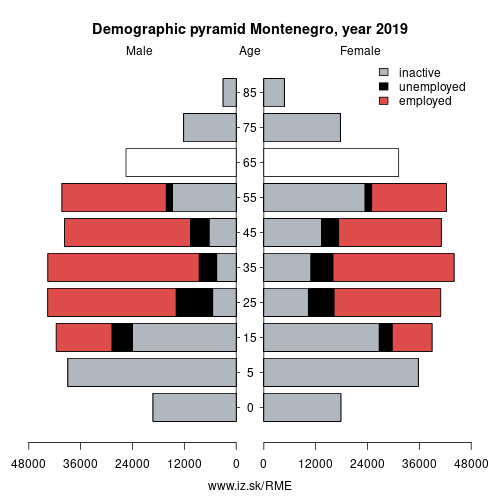- About us»
- Net income calculator»
- Population aging»
-
- Least developed regions»
-
- Average wage
- Material need benefits
- Meal allowance
- Counties of Slovakia
- Inflation
- Living and Subsistence Minimum
- Unemployment of Czechia and Slovakia
- NACE Classification
-
- Life expectancy
- Gender differences
- Youth unemployment and NEET
- Minimum wage in EU
- Unemployment rates of different age groups
- Share of salaries on GDP
- Long term unemployment
- NEET
- Unemployment rate
- Percentage of employees ususally working at nights
- Employment rate
-
- Bratislava and surroundings
- Kopanice
- Danube river
- lower Vah river
- middle Vár river
- upper Nitra river
- lower Nitra river
- Mining cities
- Kysuce a Orava
- upper Vah river - Liptov
- Spiš cities
- upper Hron river
- Juhoslovenská kotlina
- Košice fold and Torysa river
- upper Zemplín
- lower Zemplín
- EU regions
- NUTS3 regions of Slovakia
- LAU1 dataset
-
- Projects and activities
- Inclusive growth»
- Good work
- Project SKRS
- Social system – reality and vision
- Library
-
- Education of unemployed
- Young unemployed not taking part in education
- Proposal to change the system of education funding
- News»
- Contact
Montenegro – ME

More on wikipedia wikidata Q236 on OpenStreetMap Montenegro slovensky: ME
Subregions: Montenegro, Montenegro

Unemployment
| Indicator | Period | Value |
|---|---|---|
| Unemployment | ||
| unemployment rate | 2020 | 18.3 |
| youth unemployment rate | 2020 | 36 |
| unemployment rate of low educated people | 2020q4 | 36 |
| Long term unemployment | ||
| long term unemployment | 2020 | 13.3 |
| share of long term unemployed | 2020 | 74.7 |
Demographics
| Indicator | Period | Value |
|---|---|---|
| Demographics | ||
| number of inhabitants | 2024 | 623 680 |
| population density | 2023 | 45.6 |
| old-age dependency ratio | 2024 | 25.7 |
| Population ageing | ||
| unemployment rate – over 55 years | 2020q4 | 12.6 |
| aggregate replacement ratio | 2022 | 0.38 |
| aggregate replacement ratio – females | 2022 | 0.35 |

Employment by sectors, Montenegro
| NACE r2 | % | NACE r2 | % | ||
|---|---|---|---|---|---|
| A | 16.5 | 8% | B-E | 22.1 | 10% |
| F | 18.3 | 8% | G-I | 70.5 | 32% |
| J | 5.4 | 2% | K | 3.8 | 2% |
| L | 1.6 | 1% | M_N | 22.7 | 10% |
| O-Q | 45.7 | 21% | R-U | 12.7 | 6% |
| TOTAL | 219.4 | 100% |
Data for the period year 2020. Source of the data is Eurostat, table [lfst_r_lfe2en2].

From Wikipedia: Montenegro ( (listen); Montenegrin: Crna Gora / Црна Гора, lit. 'Black Mountain', pronounced [tsr̩̂ːnaː ɡǒra]) is a country in southeast Europe on the Adriatic coast of the Balkans. It borders Bosnia and Herzegovina to the north, Serbia to the northeast, Kosovo to the east, Albania to the southeast, the Adriatic Sea and Croatia to the west. The largest and capital city Podgorica covers 10.4 % of Montenegro's territory and is home to 29.9 % of the country's population, while Cetinje has the status of old royal capital. Major group in the country are Montenegrins. Serbs form a significant minority at 28.7 %, followed by Bosniaks, Albanians and Croats.
During the Early Medieval period, three principalities were located on the territory of modern-day Montenegro: Duklja, roughly corresponding to the southern half; Travunia, the west; and Rascia proper, the north. The Principality of Zeta emerged in the 14th and 15th centuries. The name Montenegro was first used to refer to the country in the late 15th century. After falling under Ottoman rule, Montenegro regained its independence in 1696 under the rule of the House of Petrović-Njegoš, first as a theocracy and later as a secular principality. Montenegro's independence was recognized by the Great Powers at the Congress of Berlin in 1878.
Other: Malta, Montenegro, North Macedonia
Neighbours: Serbia, Albania, Croatia
Subregions: Montenegro, Montenegro
Suggested citation: Michal Páleník: Europe and its regions in numbers - Montenegro – ME, IZ Bratislava, retrieved from: https://www.iz.sk/PME, ISBN: 978-80-970204-9-1, DOI:10.5281/zenodo.10200164

 Share
Share Facebook
Facebook Twitter
Twitter News
News